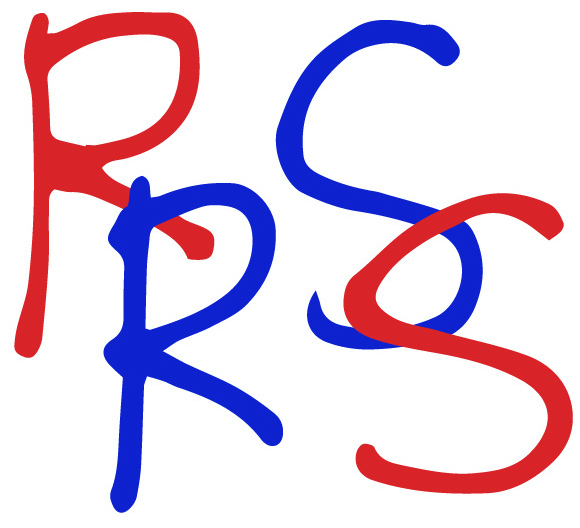
How Mending Survives Timeline
Created for our presentation “How Mending Survives: Repair and the Role of Communal Knowledge Exchange“ at the Sustainabillty in Practice: DIY Repair, Reuse and Innovation conference in Tartu, Estonia in 2024.
![]()
︎︎︎ Click here to explore the timeline in detail.
In an attempt to understand our own place in the lineage of textile repair educators and learners, we populated this timeline to show how mending knowledge has been passed through different sites / modes of learning over time.
A comprehensive historical survey on this topic could take years to complete, and we are admittedly only at the beginning. So instead of attempting to map every significant moment in this history, we’ve begun to map movements and patterns over the last ~300 years, and place ourselves and our work within that history.
For our sources, we’ve primarily used institutional archives, books, and publications in the only language we can understand—English. We acknowledge that this has left a sizeable gap in the history we will present, which lacks details on how mending knowledge has been shared in non-Western and indigenous communities, whose practices have not been documented and archived in the dominant venues. We enthusiastically welcome contributions on these missing pieces.
︎︎︎If you'd like to contribute to this timeline, please fill out this form and we will incorporate periodically.

︎︎︎ Click here to explore the timeline in detail.
In an attempt to understand our own place in the lineage of textile repair educators and learners, we populated this timeline to show how mending knowledge has been passed through different sites / modes of learning over time.
A comprehensive historical survey on this topic could take years to complete, and we are admittedly only at the beginning. So instead of attempting to map every significant moment in this history, we’ve begun to map movements and patterns over the last ~300 years, and place ourselves and our work within that history.
For our sources, we’ve primarily used institutional archives, books, and publications in the only language we can understand—English. We acknowledge that this has left a sizeable gap in the history we will present, which lacks details on how mending knowledge has been shared in non-Western and indigenous communities, whose practices have not been documented and archived in the dominant venues. We enthusiastically welcome contributions on these missing pieces.
︎︎︎If you'd like to contribute to this timeline, please fill out this form and we will incorporate periodically.